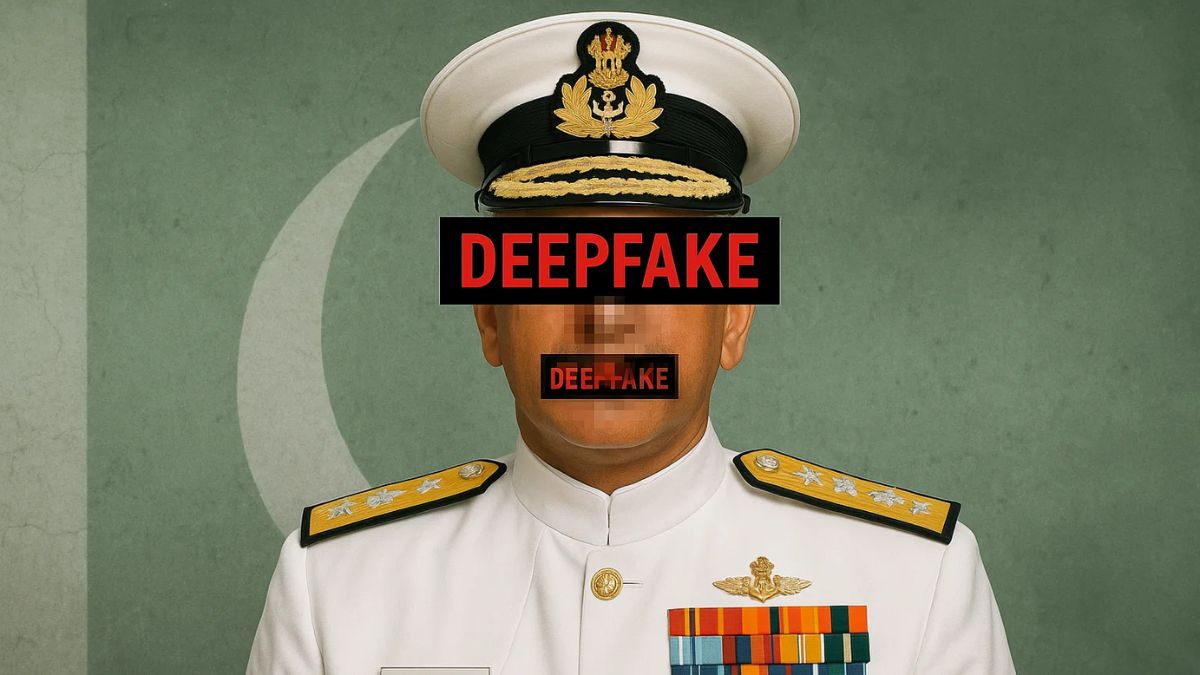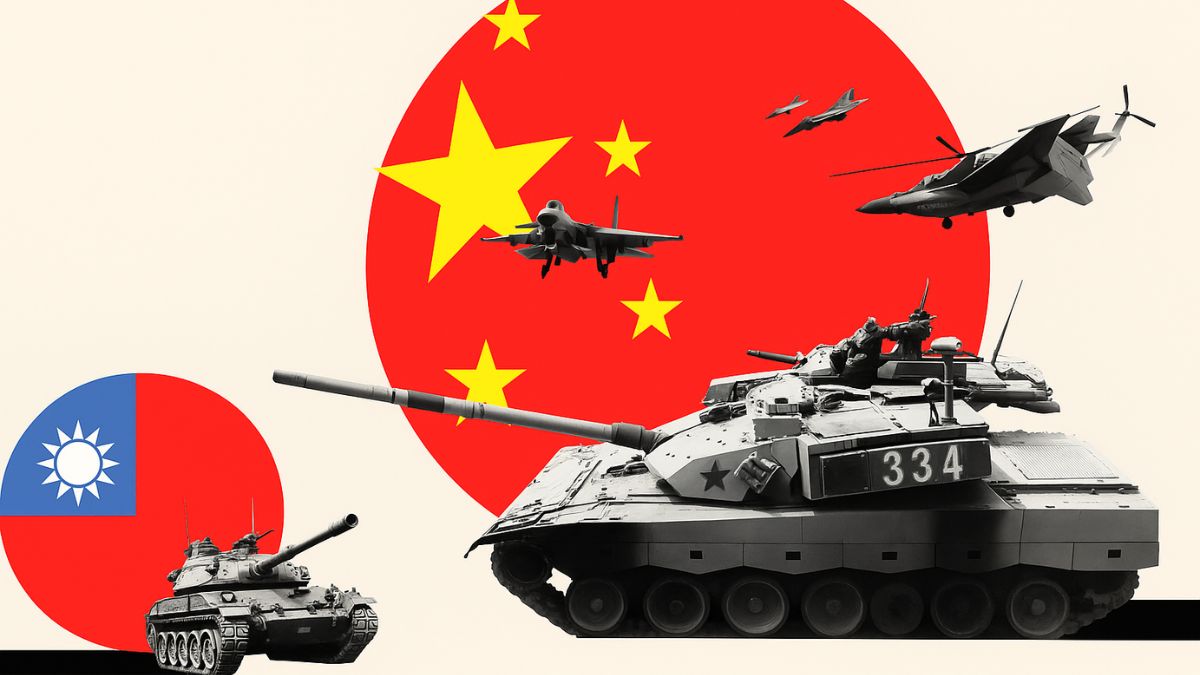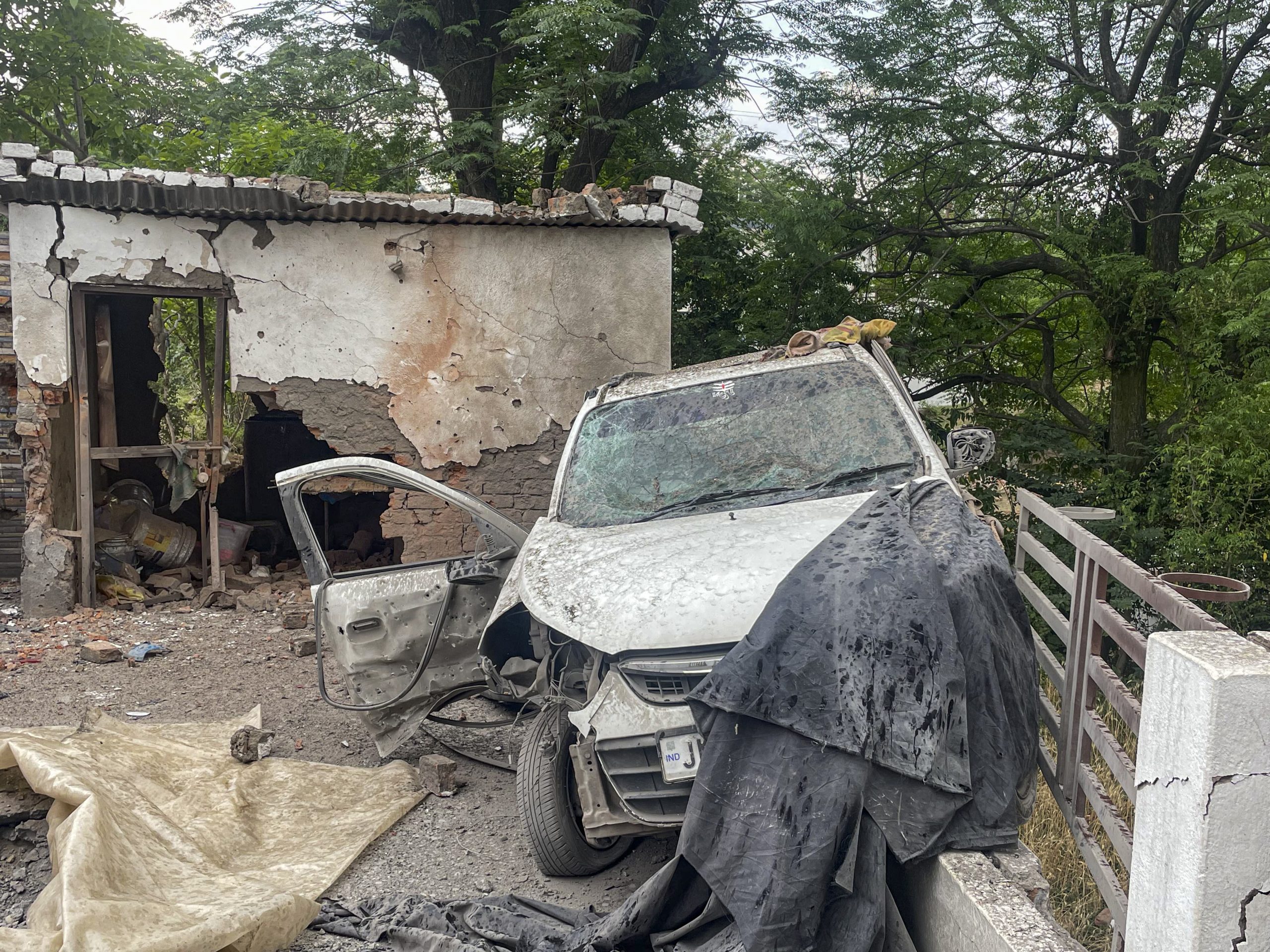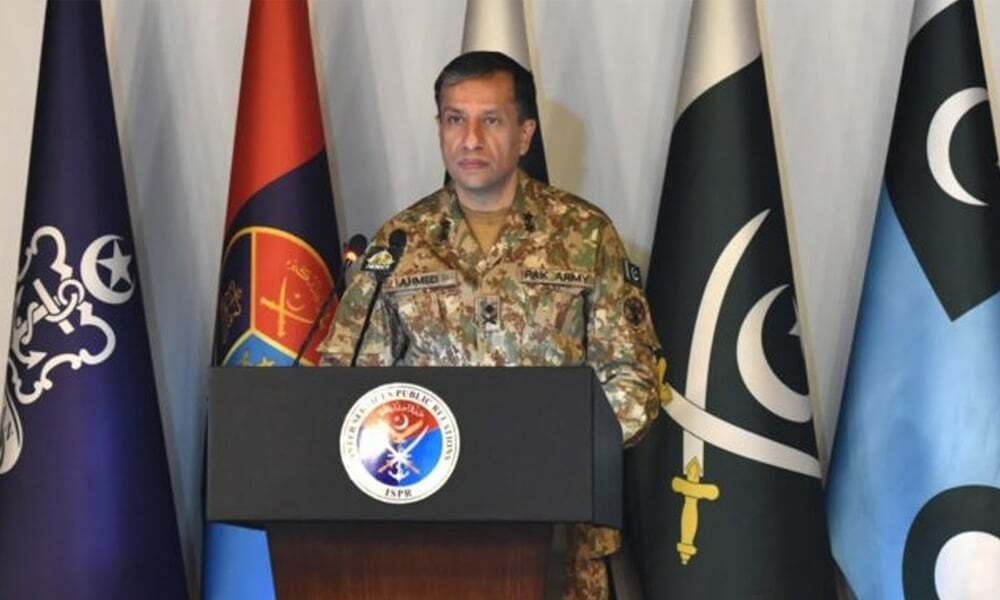Guardians Of The Valley: How Indian Army Protects Kashmir From Threats Within And Beyond
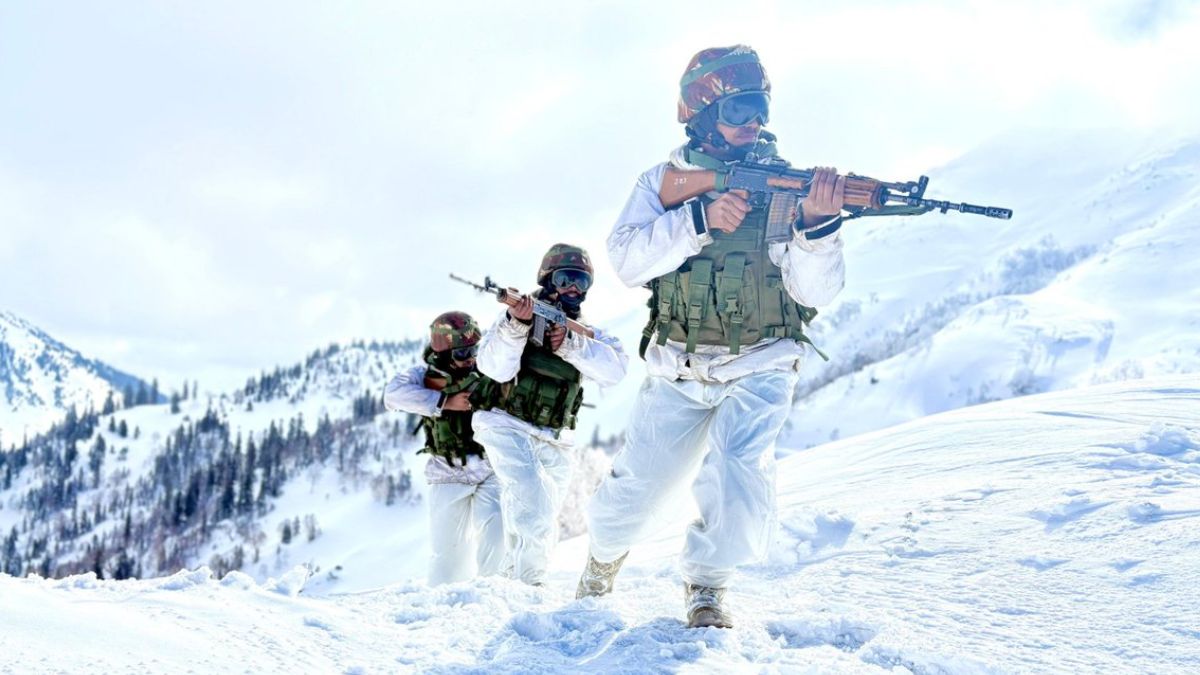
In Kashmir, the Indian Army not only helps protects the borders of the country, but also aids in stable governance. Image courtesy: X.com/@ChinarcorpsIA
The Indian Army plays a central role in maintaining security and stability in Jammu and Kashmir (J&K). It guards against cross-border aggression and infiltration, counters militancy, and supports civil administration and development in difficult terrain.
Through these functions, the Army has helped protect national borders while enabling governance and everyday life in the region.
How does the Indian Army defend Kashmir from external aggression?
The Indian infantry has been at the front line of defending Kashmir in every major confrontation with Pakistan. During the Kargil War in 1999, infantry units recaptured high-altitude posts occupied by Pakistani troops and militants, restoring the Line of Control (LoC) and reinforcing India’s hold over key territory. The war prompted major improvements in border surveillance and the establishment of additional forward outposts.
Subsequent standoffs — such as Operation Parakram (2001–02), the 2016 cross-border surgical strikes, and deployments following the 2019 Pulwama attack — reflected the Army’s readiness to respond to threats along the LoC. Even in periods without open conflict, infiltration attempts and ceasefire violations remain frequent. The infantry’s continuous presence, backed by modern surveillance and fencing systems, has prevented large-scale intrusions and maintained control of the frontier.
How does the Army address internal security and militancy?
Within Kashmir, the Army’s infantry-led Rashtriya Rifles plays a key role in counter-insurgency operations. These units, working with the Jammu and Kashmir Police and central paramilitary forces, conduct area-domination patrols, cordon-and-search operations, and intelligence-based raids to dismantle militant networks. Their operations have significantly reduced the number of active insurgents and improved local security in recent years.
The Army also assists the civil administration when unrest or emergencies occur. During the 2010 protests and after the death of militant leader Burhan Wani in 2016, Army columns conducted flag marches at the request of local authorities to deter violence and restore order. Troops also provide security for major public events, including the annual Amarnath Yatra. The Army’s support in maintaining stability allows civilian institutions to function even during periods of tension.
How does the Army contribute to development and essential services?
The Army and its engineering wings, especially the Border Roads Organisation (BRO), have built extensive infrastructure across J&K and Ladakh. Roads, bridges, and tunnels constructed under projects such as Beacon and Vijayak have improved connectivity for both defence and civilian use. Strategic routes like the Darbuk–Shyok–Daulat Beg Oldie Road and the under-construction Zojila Tunnel ensure access to remote border areas throughout the year.
Along the LoC, the Army has built border outposts, surveillance towers, and civilian bunkers that protect residents from cross-border firing. Its development role extends beyond security: under Operation Sadbhavana (“Goodwill”), the Army runs over 40 Goodwill Schools educating around 15,000 students annually. It also conducts free medical camps, supports women’s vocational training, and organises youth programmes such as “Kashmir Super-50” to prepare students for professional entrance exams.
During disasters, the Army provides immediate relief. It led major rescue operations after the 2005 earthquake and the 2014 floods, evacuating thousands and restoring essential supplies. In remote areas, Army medical units and field hospitals continue to provide basic healthcare where civilian facilities are limited.
Why is the Army’s presence vital in Kashmir?
Kashmir’s geography and security environment require a sustained military presence to deter external threats and manage internal instability. The Indian Army’s infantry not only defends the borders but also creates conditions for governance and development to continue in challenging circumstances. Its dual function — of protection and support — remains essential to maintaining security and public confidence across Jammu and Kashmir.

